“We Were Dreamers” by Simu Liu (3.5/5)
Lillian Snell
Not every actor in Hollywood has as glamorous of a backstory as the heroes they play. Simu Liu’s life was one of perseverance against outward and inward forces as he attempted to reach his dream of acting for a living.
But it has its flaws.
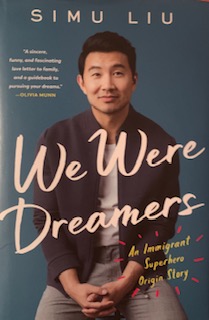
Liu just doesn’t provide enough detailed storytelling. Some scenes have more intricate imagery, but for the most part, we get more of a summary of situations over a span of time.
It’s frustrating that Liu seems to believe that the mistreatment of his parents is partially deserved and not wanting to fully admit that his parents were borderline, if not fully, abusive. They’re controlling perfectionists, but Simu constantly emphasizes the fact that they’re not as bad as they appear.
I understand that the mentality of him blaming himself comes from the trauma his parents inflicted on him. However, his indecisiveness in how he portrays his parents and experiences makes it difficult to fully relate with him.
The most exasperating part is that I can feel the intent of emotions behind his words. But they’re more like waves losing power and gently lapping the shore, rather than the tsunamis they could be.
Despite the annoying lack of power from this book, it has its moments. There’s certain one-liners that pack quite the punch. But they’re spread thin, just often enough to re-engage the reader’s emotions. Overall, the book resonates at least somewhat. But it only really does so when you take a step back and consider it all at once.
In general, this book is worth reading. But go into it prepared that Liu is an actor, not a writer. This book is like a goldmine full of raw emotions that he doesn’t have the abilities to polish and turn into shining gems.
“Persepolis” by Marjane Satrapi (4.5/5)
Maddux Horn
Navigating the highs and lows of adolescence is hard to say the least. It’s especially difficult as an Iranian girl growing up in the middle of the Islamic Revolution. Marjane Satrapi’s nonfiction graphic novel, Persepolis, takes the reader on a journey with her from her years as a child to a young adult.
Compared to other Iranian youth, she was privileged enough to be born in a higher class and escape the warfare associated with Iran as a teen. Even then she still endured the xenophobia and mistreatment that often comes with surviving as an immigrant in a foreign country. She explores different aspects of her identity and wages between Western culture and her Iranian roots, often feeling as though she has to choose between the two. As a teen, she confided in Iron Maiden and Kim Wilde posters on her wall, as well as Nike sneakers, a Michael Jackson button, and a denim jacket all while wearing her hijab. When she stayed in Austria, she felt as though she had betrayed her family and her people by indulging in punk culture and denying her nationality, as being Iranian in Europe was the “epitome of evil” at the time.
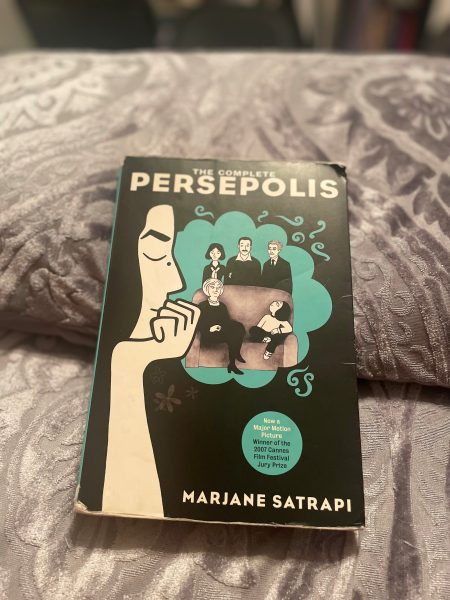
Satrapi does an excellent job of incorporating humor into her life’s story while keeping the reader engaged with illustrations that jump off of the page. My personal favorite frame is when Satrapi illustrates her teenage-self as an eggplant, saying that “becoming a vegetable was out of the question” after her parents addressed that her cousin looks like a vegetable after taking drugs. However, since her memoir was from a perspective of privilege, it often feels as though Satrapi was on the sidelines watching the chaos from outside her window. As Iranian boys were being drafted into the military with hopes that a key around their neck would get them to heaven, she was attending her first party while her parents owned a Cadillac and could afford a maid. Even though her privilege was in no way in her control, it feels as though it would make more sense to hear a story that entails about the Islamic Revolution from someone who was in the middle of it. Her small acts of rebellion like dressing informally and publicly questioning authority are important, but it seemed as though most of the memoir shows Satrapi’s internal disarray instead of any external turmoil because she simply didn’t face much of it head-on. This made the parts of the story that addressed the Islamic Revolution feel like it would have been told more effectively from a victim’s point of view and therefore lacking certain elements that would better appeal to her audience of younger Muslim girls who are conflicted with the political warfare in the Middle East.
Overall, I believe that a lot of students and faculty at Bellaire could relate to Satrapi as we have a large immigrant community at our school. The idea of growing up in a world where everyone seems to have everything figured out while still trying to confide in your own identity is something I can especially relate to. This novel is perfect for anyone who wants to learn more about Iranian history and an inspiring coming-of-age story.
“Crying in H Mart” by Michelle Zauner (3/5)
Angel Harper
Documenting her life through flashbacks, Michelle Zauner tells a story about reconnecting with her Korean culture. The memoir tackles themes of immigration, identity and family dynamics. Chongmi, Zauner’s mother, was an immigrant from Korea and married Zauner’s American father, Joel. Growing up Zauner didn’t feel connected to her Korean heritage mainly due to the fact that she was raised in a random town in Oregon.
So with a brief understanding of her culture through her mother’s cooking Zauner grew up with an identity crisis. Given the fact that she was both white and Korean, she felt imposter syndrome. In white areas she felt too Asian. In Asian areas, she felt too white. There was never a moment of content for Zauner.

This confusing childhood only got worse with her mother’s borderline abusive behavior. I understand and sympathize with her mom. I don’t understand moving to a whole new continent but I did move from a different state and even that was daunting. So I can imagine how life altering this was for her. But I don’t think that was an excuse for her behavior towards her daughter. She was unnecessarily strict, it seemed like she was trying to push what she wanted to be onto Zauner. During Zauner’s childhood Chongmi would find ways to perfect Zauners body. She would try to flatten her nose or make her shoulders straight or she would make Zauner stretch her body out to become taller.
Chongmi’s death was another major theme of the book because of how Zauner never fully processed that she was gone. The way Zauner felt during Chongmi’s cancer treatment was the one time I felt a connection to this book. My grandma died of cancer and I remember wishing that someone would just cut off her life support so she wouldn’t suffer anymore. Zauner felt the same. I saw how desperately Zauner wanted her mother’s misery to end. But in the end her hopes were in vain because just like my grandma Chongmi died slowly and in agony with her last words being “I’m in pain.”
This was where I understood what reviewers meant when they said this book would pull at your heartstrings. However this was the first time I was on the verge of tears.
Even though I found this book anticlimactic and a bit boring I do understand why it was chosen for AP Language and composition summer reading. There are strong character themes, relationship dynamics and development. Plenty for students to analyze and pick apart. Maybe if I read this just for myself and not for school I would’ve enjoyed it more. Or if I didn’t have such high expectations for it after reading countless reviews praising it, I would’ve enjoyed it more.
I do know if you are in the mood to question your identity and culture read “Crying in H Mart.”
“1984” by George Orwell (4/5)
Blen Abebe
At first, I have to admit, it felt like the most daunting task ever to read 1984 by George Orwell. I mean, who wants to spend their summer diving into a dystopian world filled with oppression and surveillance? But by the time I turned that last page, I was blown away.
The dystopian nature of this book is ahead of its time. Orwell paints a grim and terrifying picture of a future society where an oppressive government “The Party” under the ideology of Ingsoc (a shortened version of “English Socialism”), has an iron grip on every aspect of people’s lives. The constant surveillance, thought control, and manipulation of history are enough to make anyone paranoid. Despite how terrifying the Orwellian world is, you can’t help but get sucked into it.

As for the character development. At first, I thought the characters were a bit one-dimensional, but as the story progresses, you start to see their layers peel back. Winston, the protagonist, goes through this transformation that’s both captivating and heartbreaking. You can’t help but root for him, even as you see him succumb to the oppressive regime. The complexity of his character is something I didn’t expect when I first started reading.
“1984” isn’t exactly a page-turner from the get-go. The first couple of chapters can feel a bit slow but it starts picking up after a couple of chapters. I mean, any tiny slip-up, a mere glance or a whispered word, can lead to your disappearance – a chilling aspect of life under Big Brother’s watch. Once the story gets going, it’s a rollercoaster of emotions.
I can see why some people might find this book uninteresting. It’s not filled with exciting drama or action-packed adventures, but it is filled with warnings of the erosion of individual freedoms. It makes you think about the power of language, propaganda, and the manipulation of truth. It’s a book that stays with you long after you’ve finished it.
It might not be the most enticing summer read, but it’s definitely worth it for its lasting impact on literature and the way it challenges you to think about the world we live in.
“Life of Pi” by Yann Martel (3.8/5)
Johanna Wen
The “Life of Pi” is a great book to introduce AP Literature: a class about fiction, about analysis and all about the story. The “Life of Pi” is a little hard to follow sometimesー I often caught myself getting lost in the sea of wordsー but it tells a unique story and leaves you with insight on religion, life, and asking the question: “is the truth or a story more important?”
The fiction novel, “Life of Pi” by Yann Martel, is centered around an Indian man named Piscine Patel and how he tells his traumatic life story through the lenses of zoology and religion. The broader story that everyone may have heard of before, especially from the popular 2012 movie, is “the story of a teenager lost at sea, stuck with a tiger on a boat.”
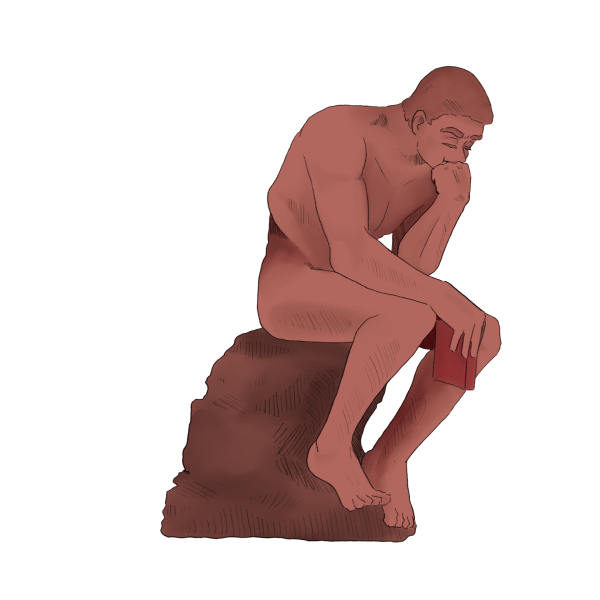
Pi’s early life is an Indian boy who grew up in a zoo they couldn’t afford to continue running under the new political pressures. His family, attempting to flee to Canada, gets caught in a shipwreck, leaving Pi alone on a boat with a zebra, hyena, orangutan, and a tiger. His hero’s journey is him grieving the loss of his family, the other animals, surviving with a tiger and hunger.
In the early parts of the book, Pi finds himself exploring different religions, ending up becoming Hindu, Christian, and Muslim. When his religious mentors fight over his multi-religious practices, Pi responds by quoting Bapu Gandhi, saying that “all religions are true” and “I just want to love god.” (Martel 76, Ch. 23) When Pi met his atheist teacher, Mr. Kumar, while he was shocked at the difference in belief, he simply responded that “atheism is simply another faith with strong beliefs.”
For an idea that feels so common, especially with modern times and acceptances, it still moved me the way Pi elaborated on his detailed thought process.
In the end, it turns out that the tiger Pi claimed to be surviving and fighting with was himself. While it may not be a surprise for most readers, the impact of this information is immense, considering the other animals on board were some other crew members of the ship and his mother. The themes of death and cannibalism give a different dark flavor to the story.
Even with spoiling parts of the book, a person wouldn’t be able to connect with certain impacts of the book or the words will become hollow. The storytelling is more peculiar than anything I’ve read. It was like a combination of an old fable and nonfiction.
While some parts of the book were immense and intense, in between the climaxes, I quite literally felt like I was drifting in a daze. I would lose my spot in the book, mindlessly flipping through pages, and end up having to reread his struggles and relisten to audiobook clips. While for the most part, I enjoyed the read, it wasn’t my favorite book.


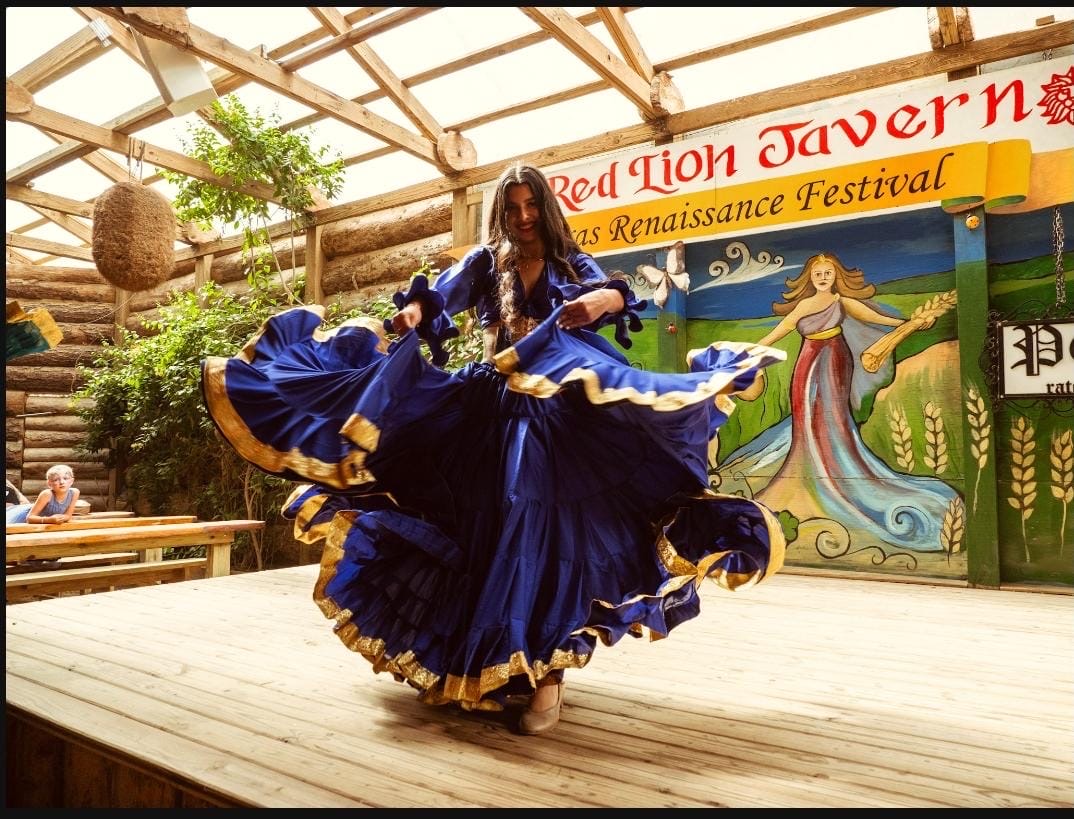
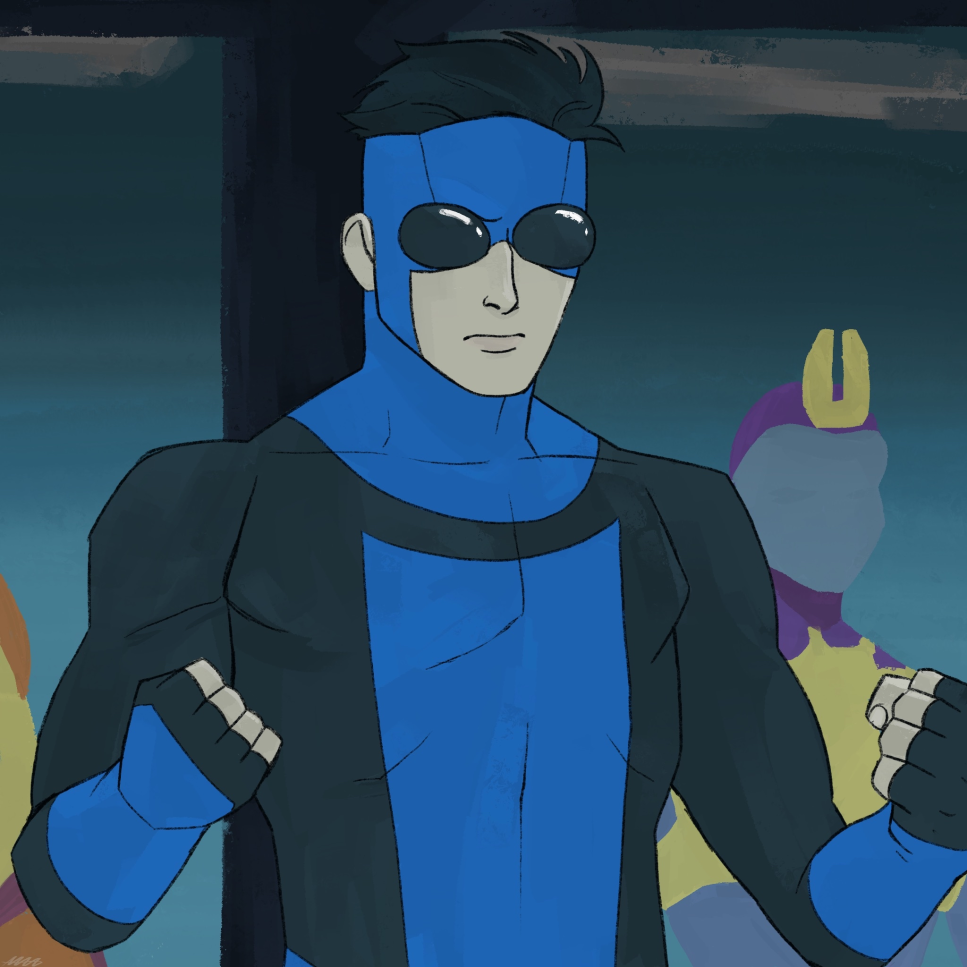
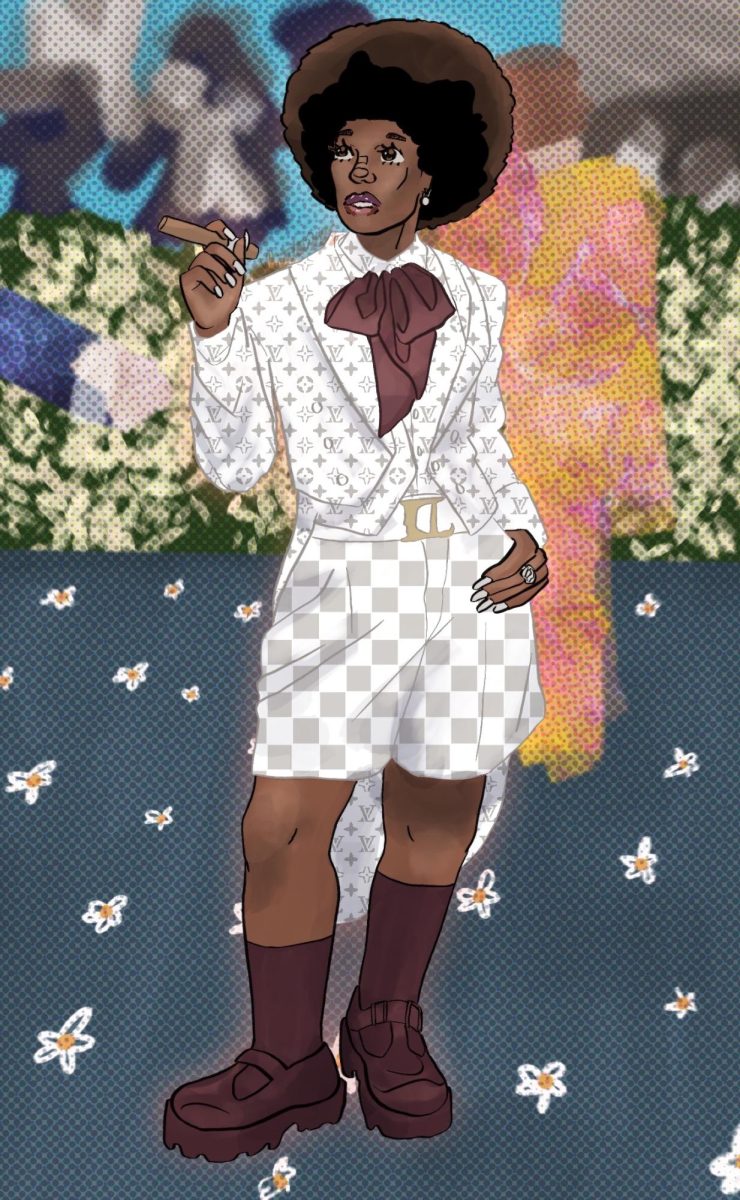
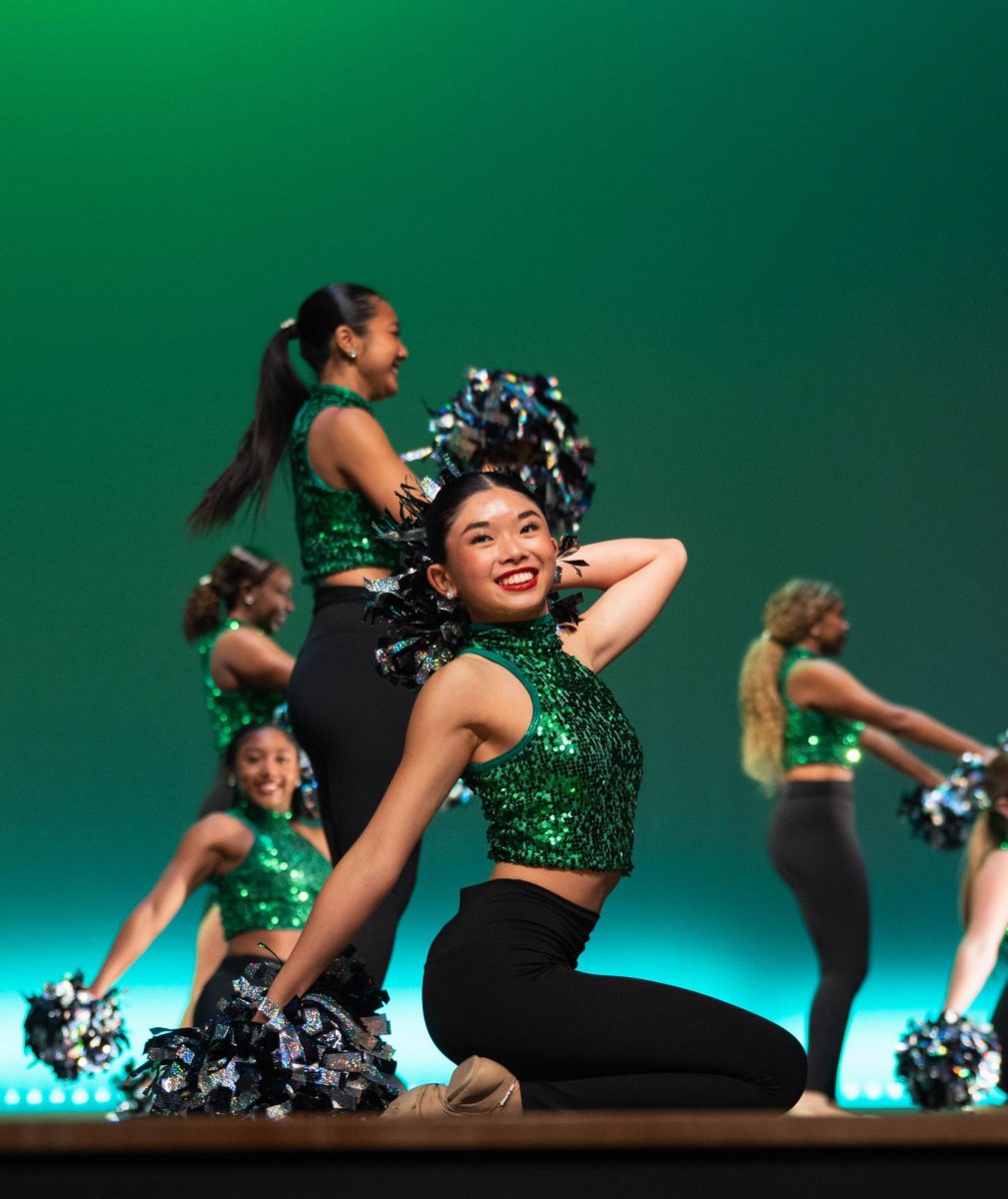

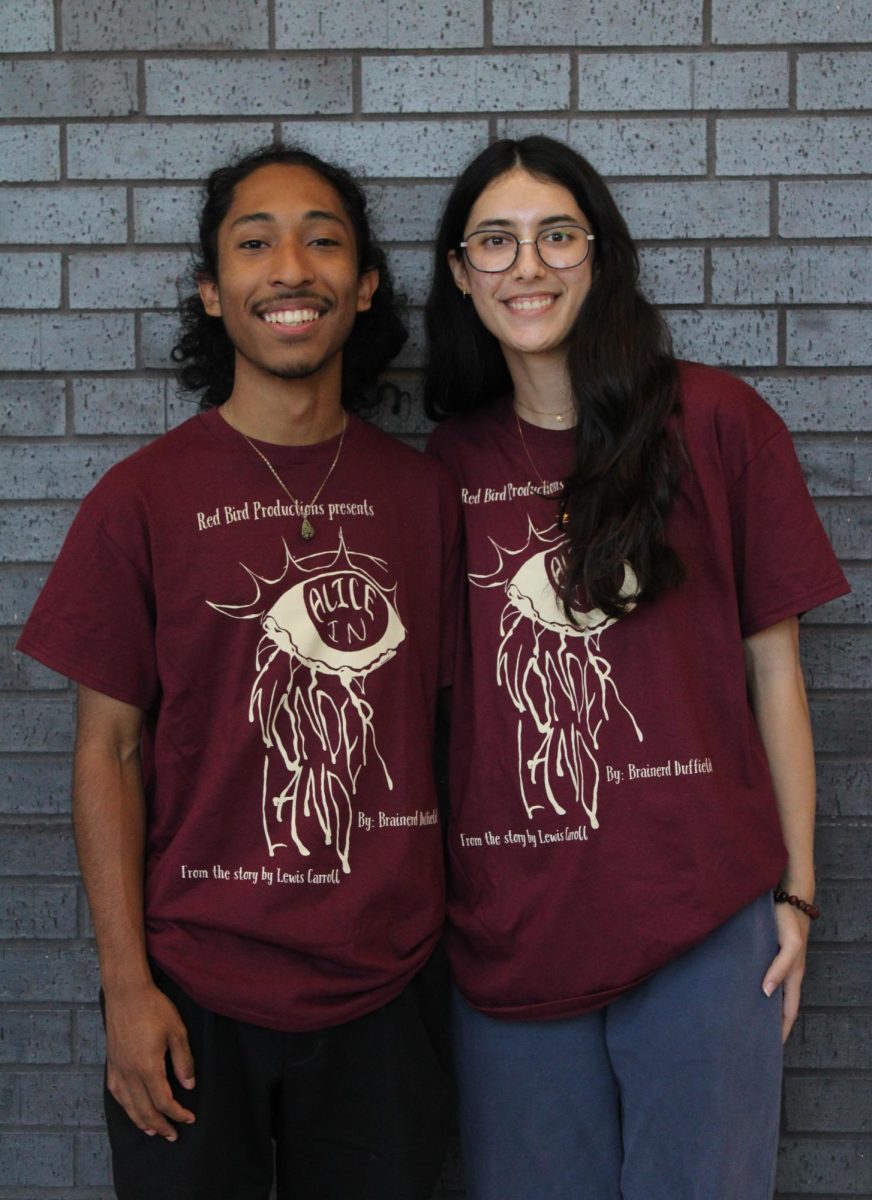
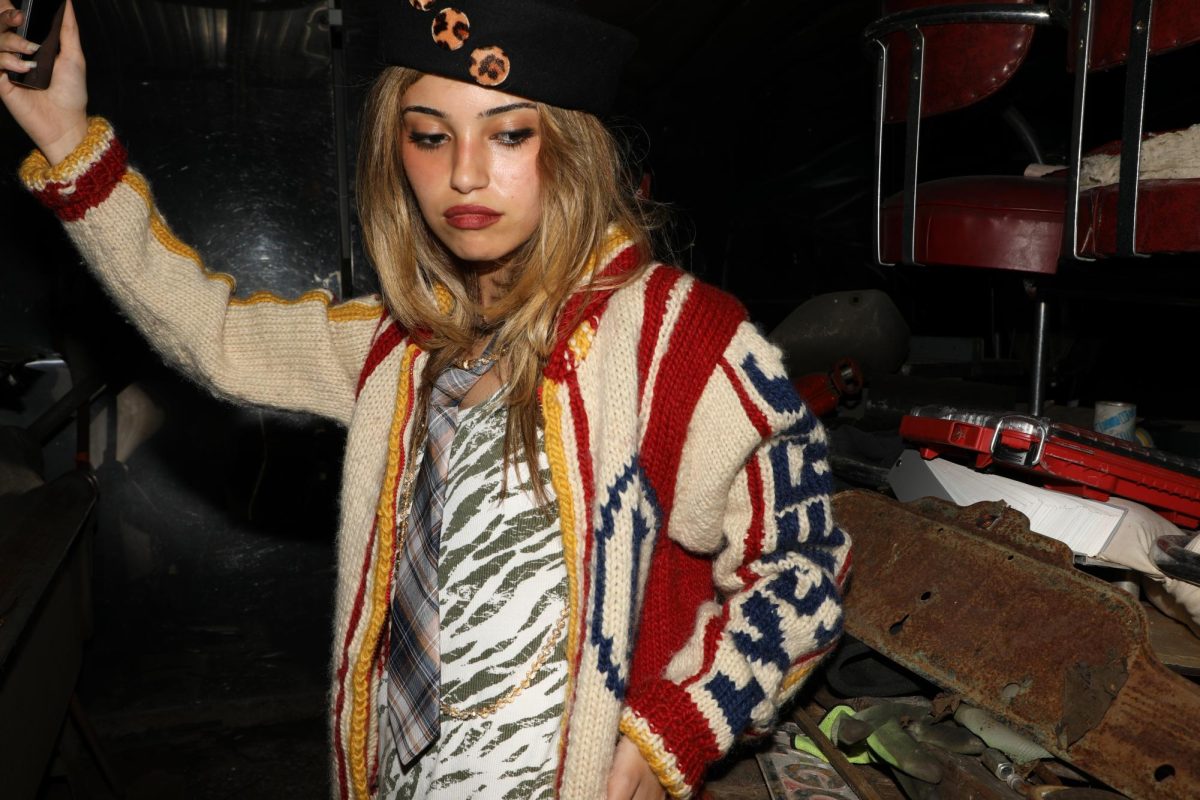
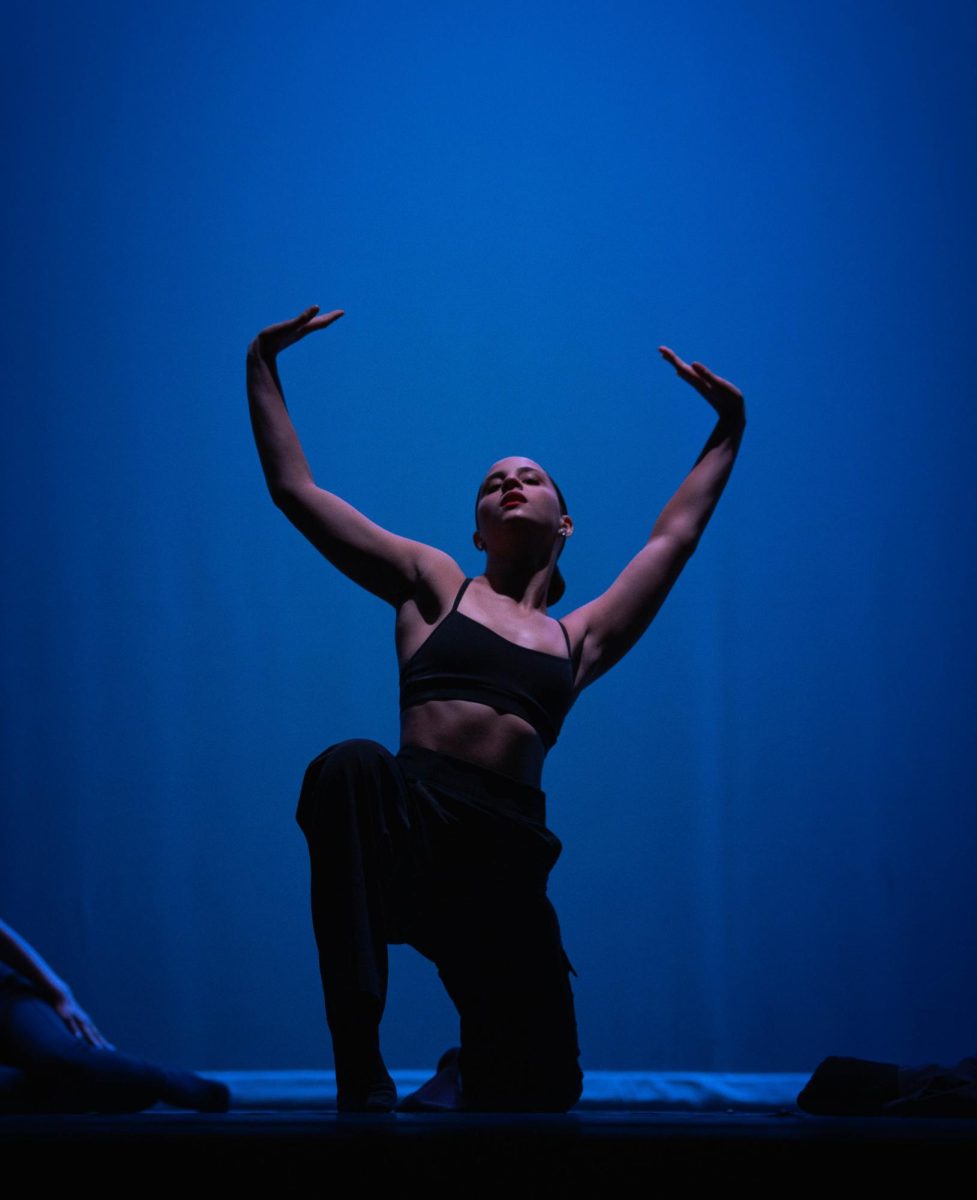
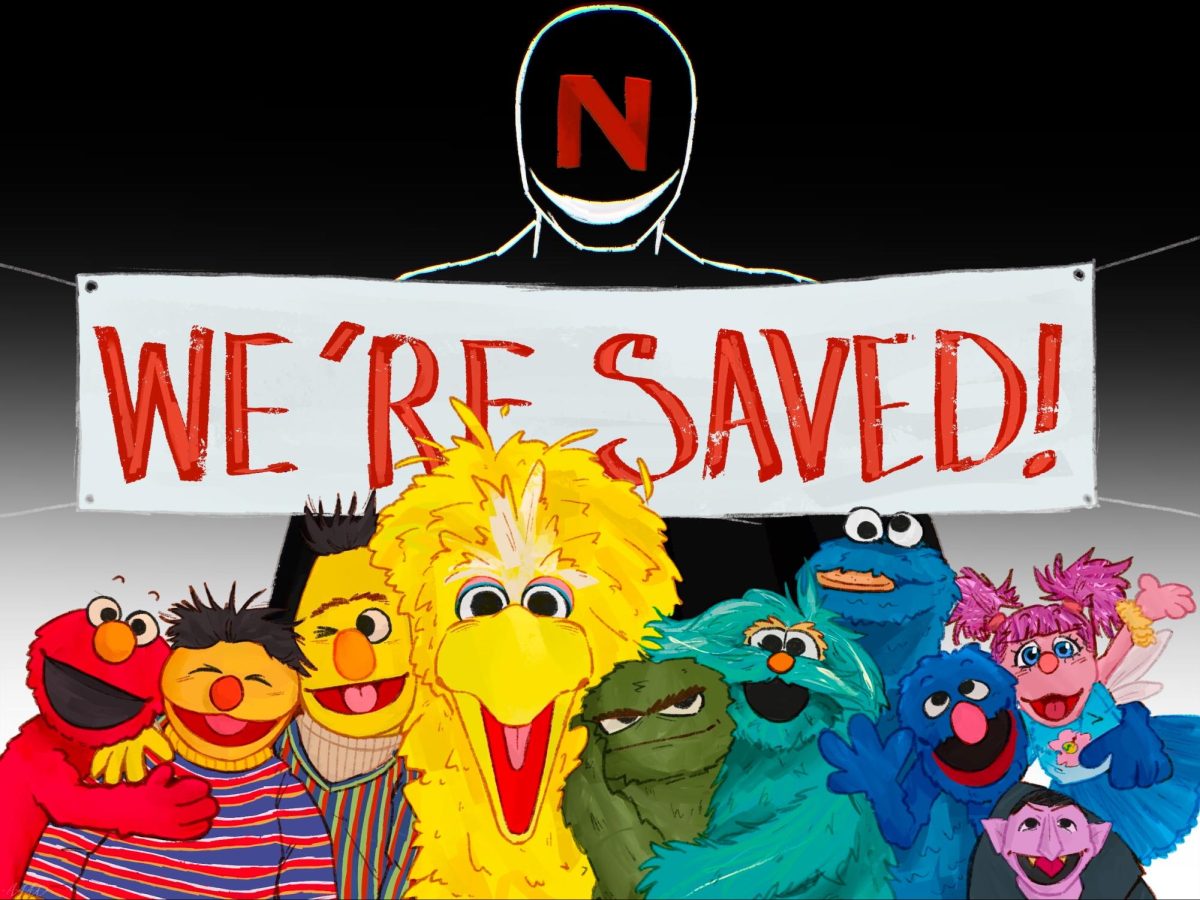
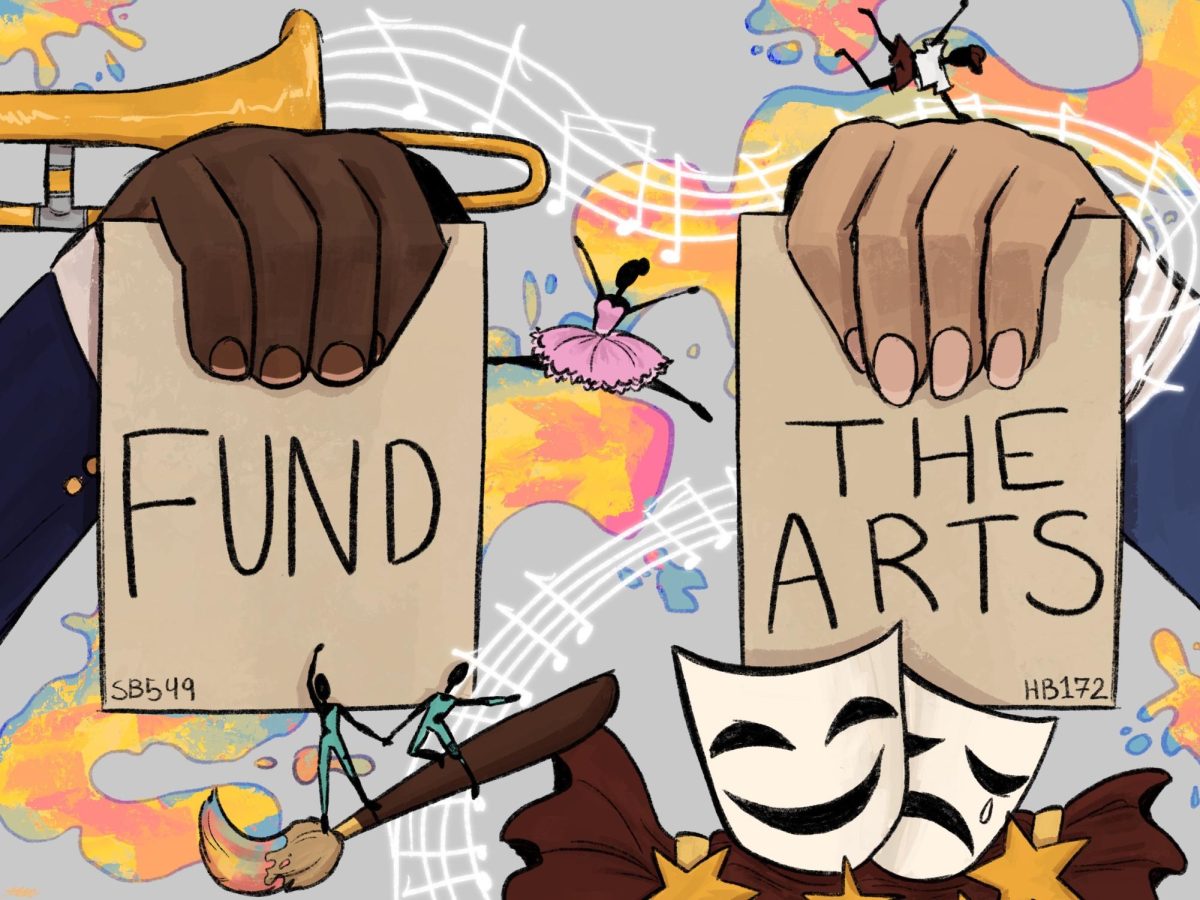
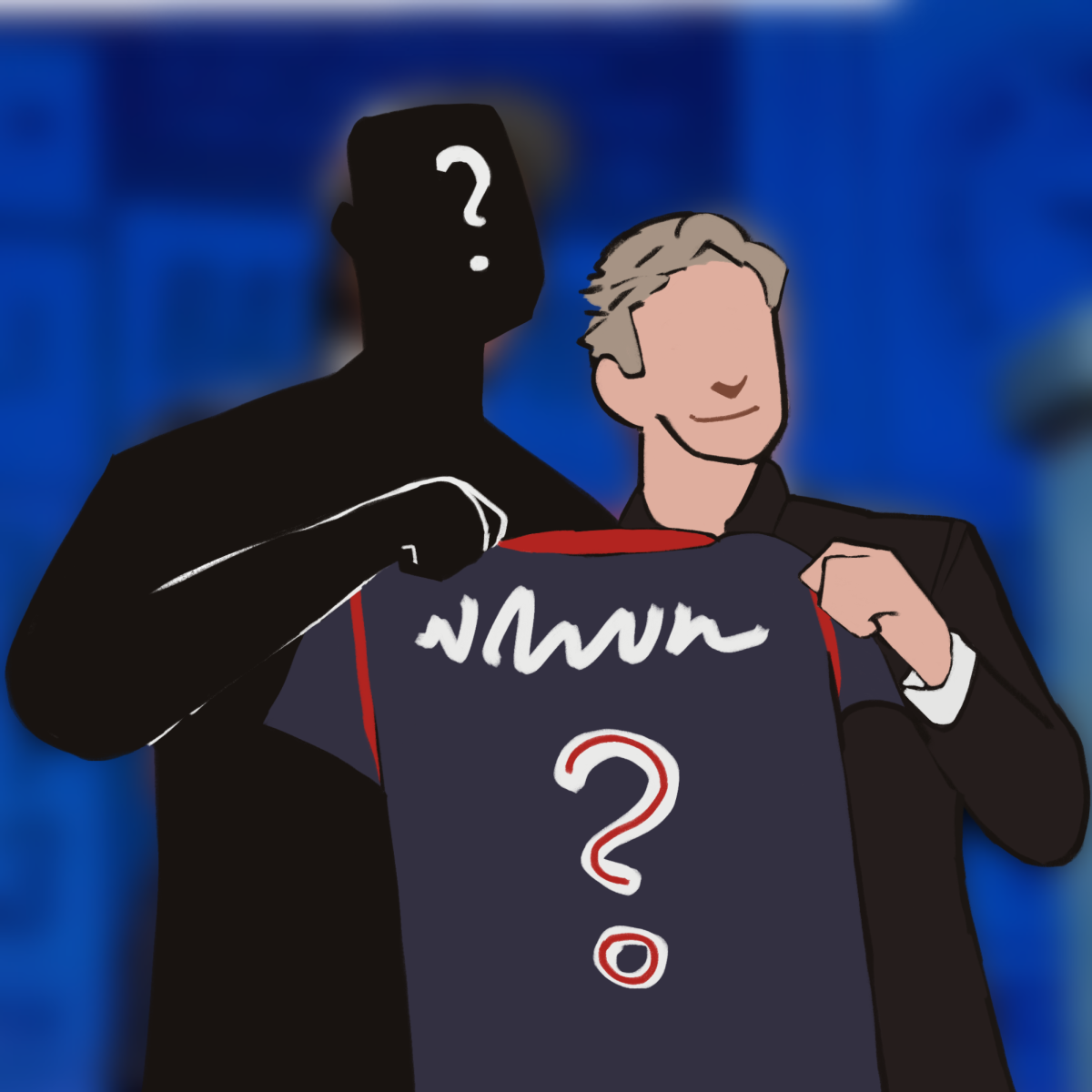
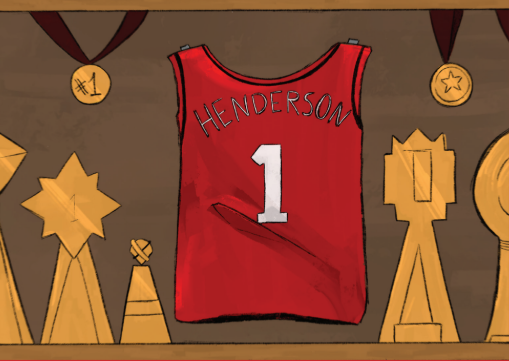
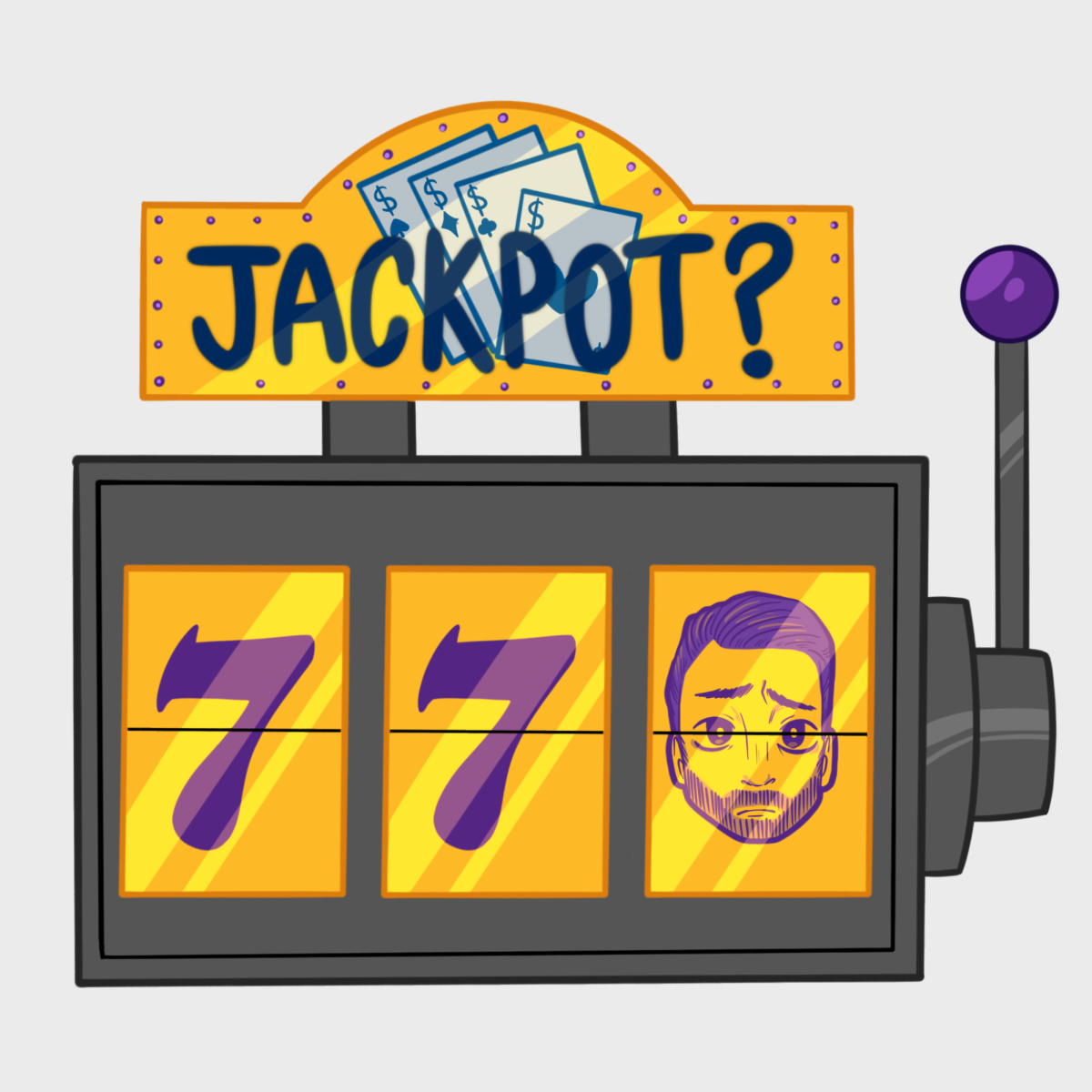

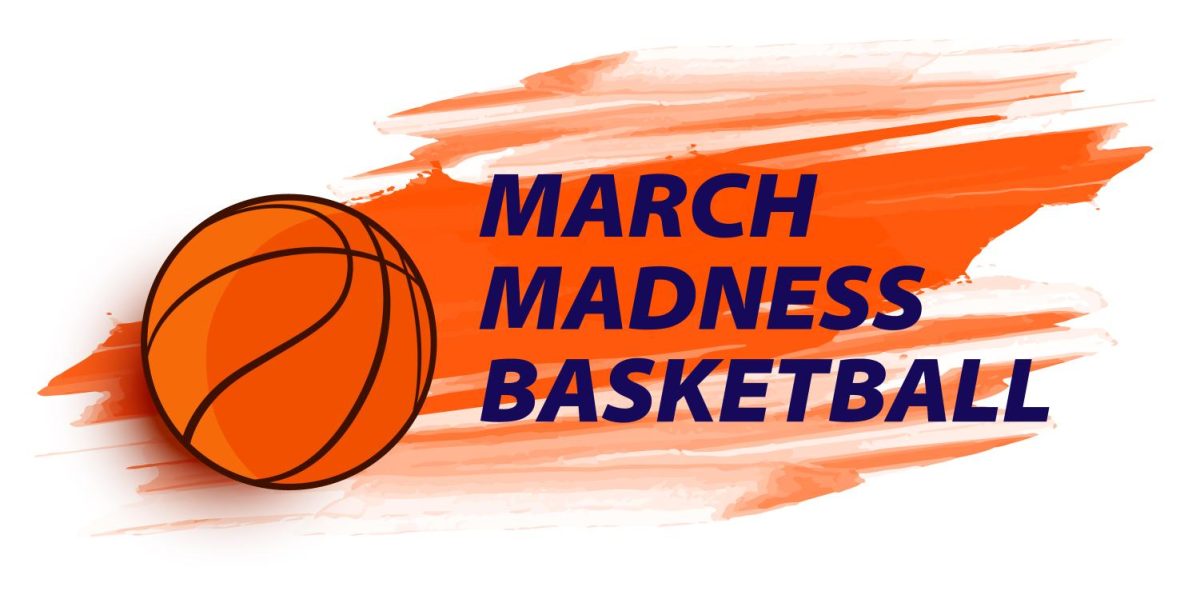
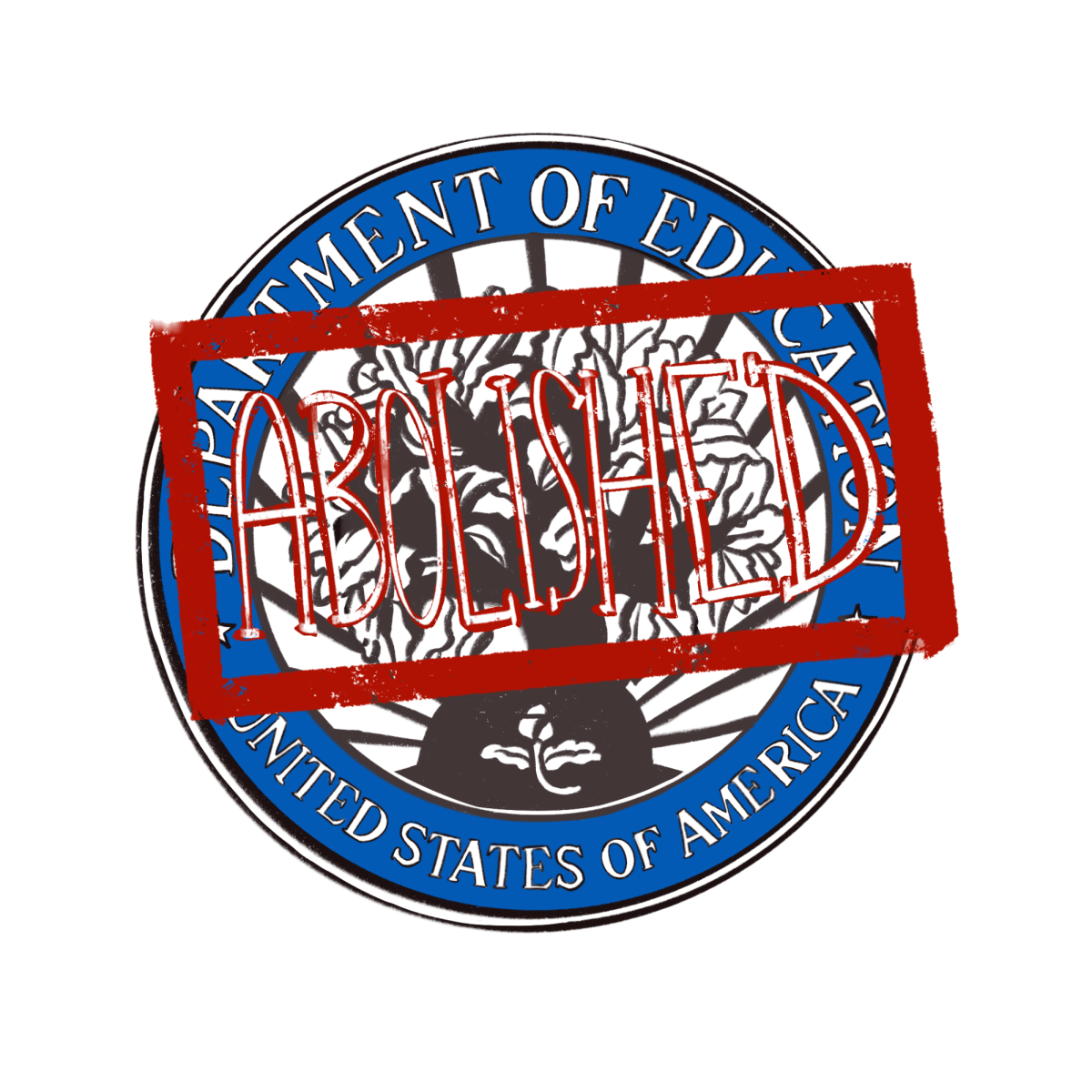
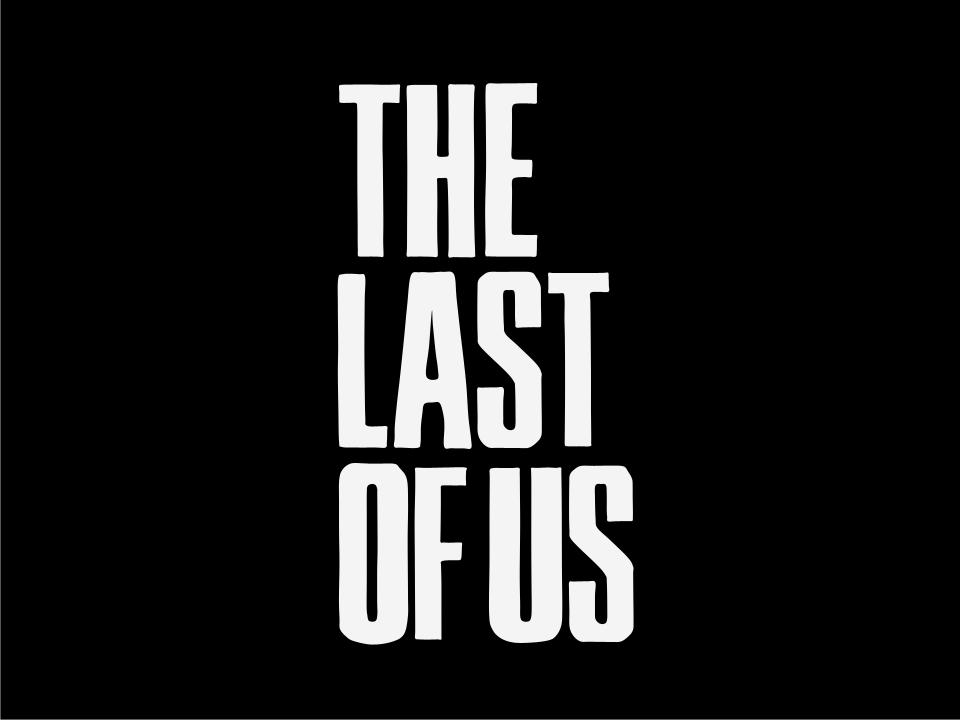
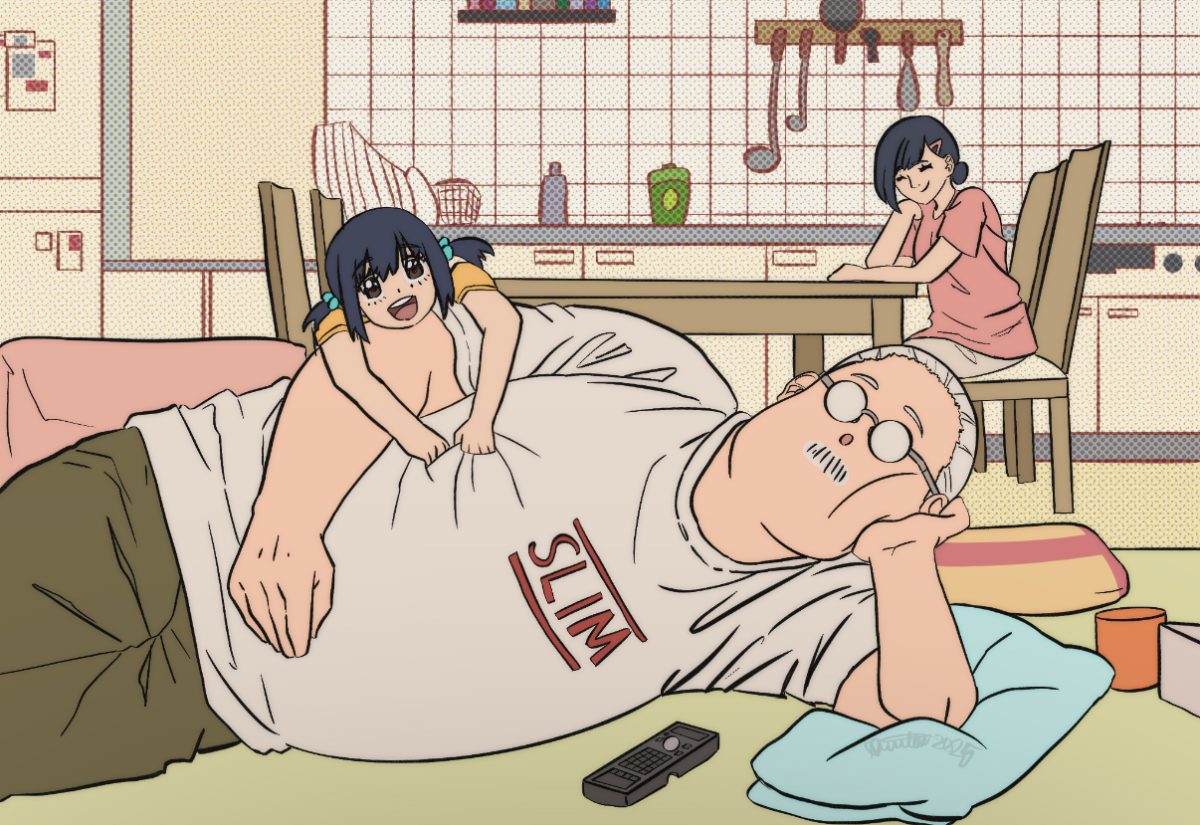
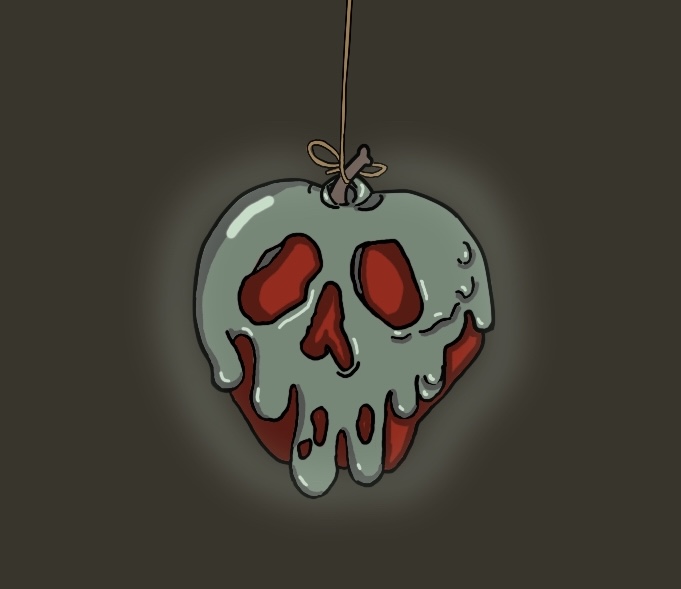
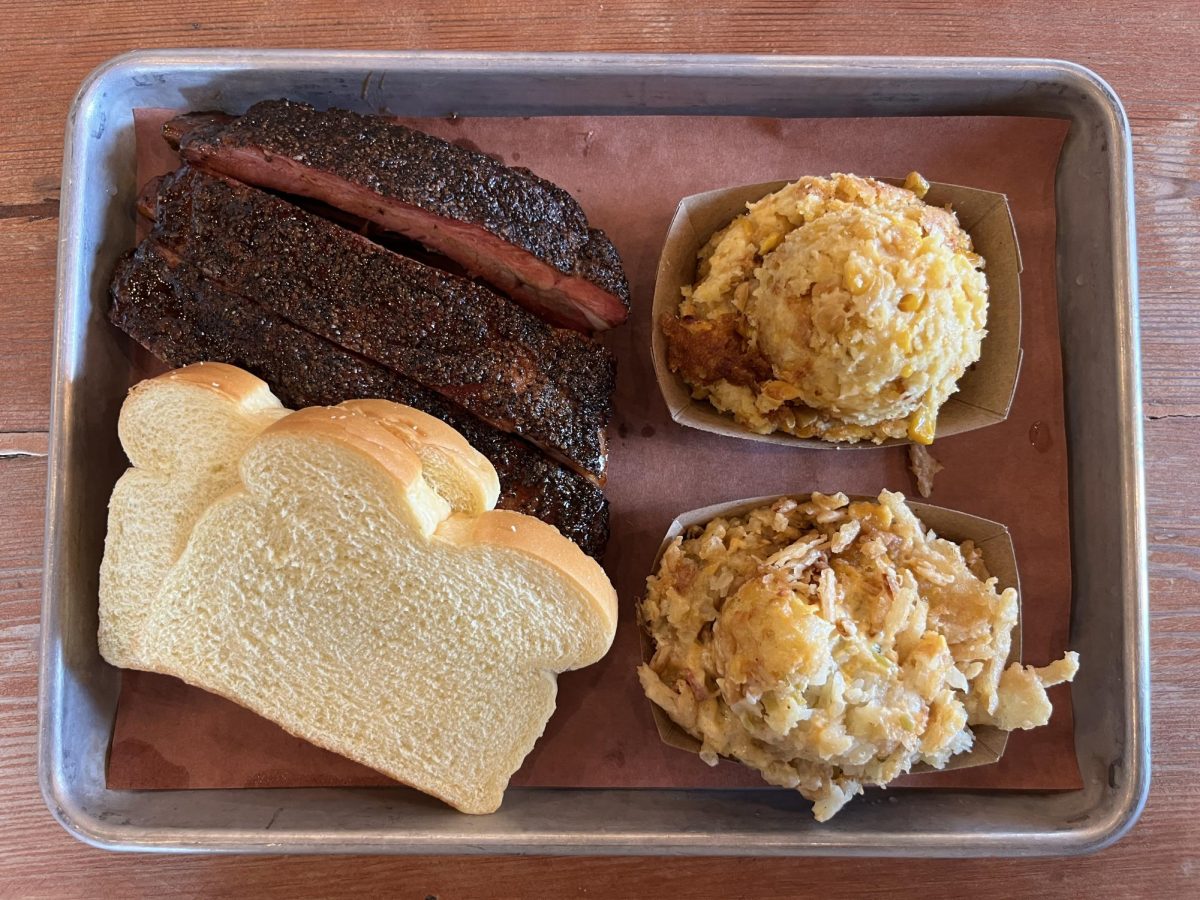
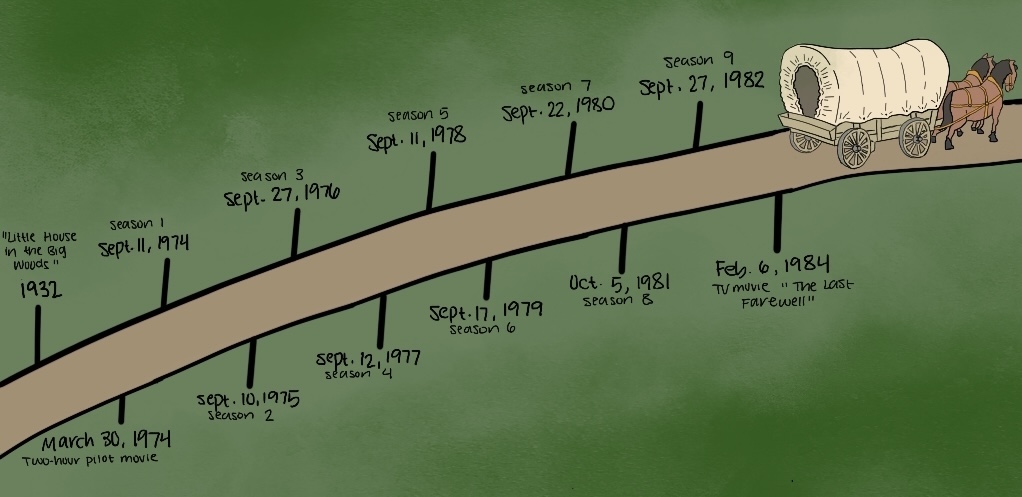
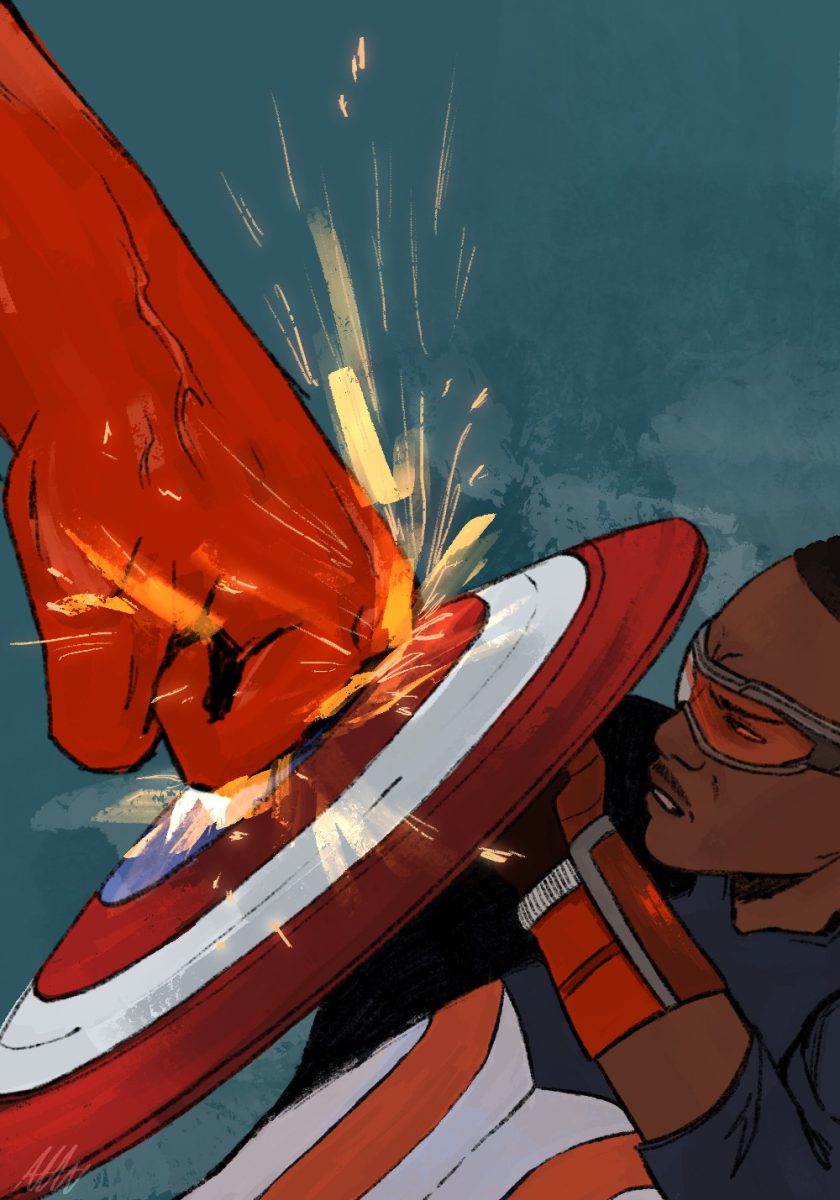


Heldana • Nov 3, 2023 at 8:55 am
I felt the same way about 1984 haha
Hannah • Nov 2, 2023 at 2:32 pm
Crying in H-Mart is my favorite!